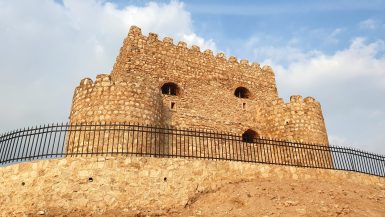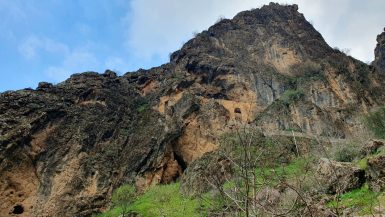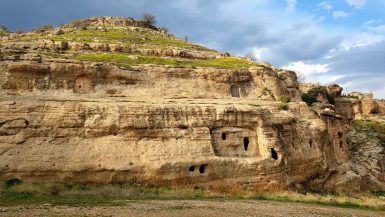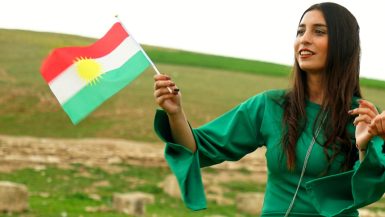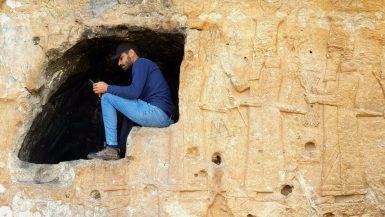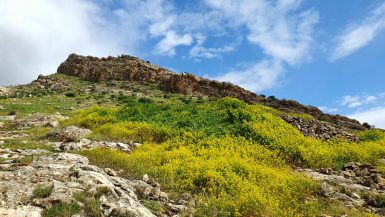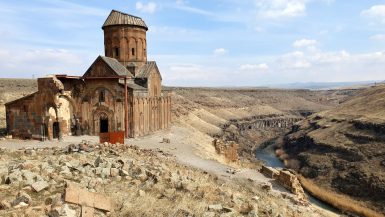Babylon was one of the largest, oldest settlements in Mesopotamia and the Middle East on the Euphrates River. It was the seat of successive powerful empires under such famous rulers as Hammurabi and Nebuchadnezzar. Babylon was the capital of southern Mesopotamia (Babylonia) from the early...
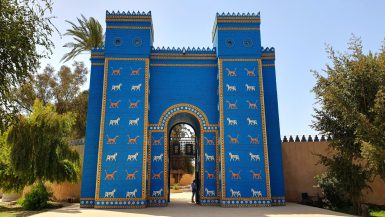

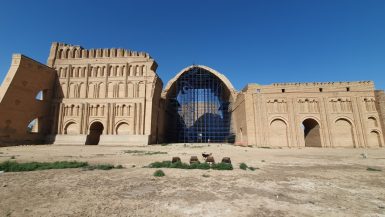
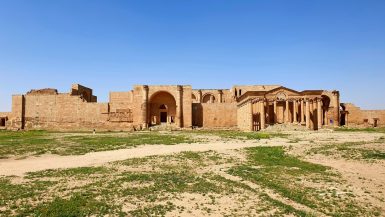
 25000 IQD). It is a ruined city in the Al-Jazīrah region, 290 km northwest of Baghdad and 110 km southwest of Mosul. It was s religious and trading center of the Parthian empire. It flourished during the 1st and...
25000 IQD). It is a ruined city in the Al-Jazīrah region, 290 km northwest of Baghdad and 110 km southwest of Mosul. It was s religious and trading center of the Parthian empire. It flourished during the 1st and...